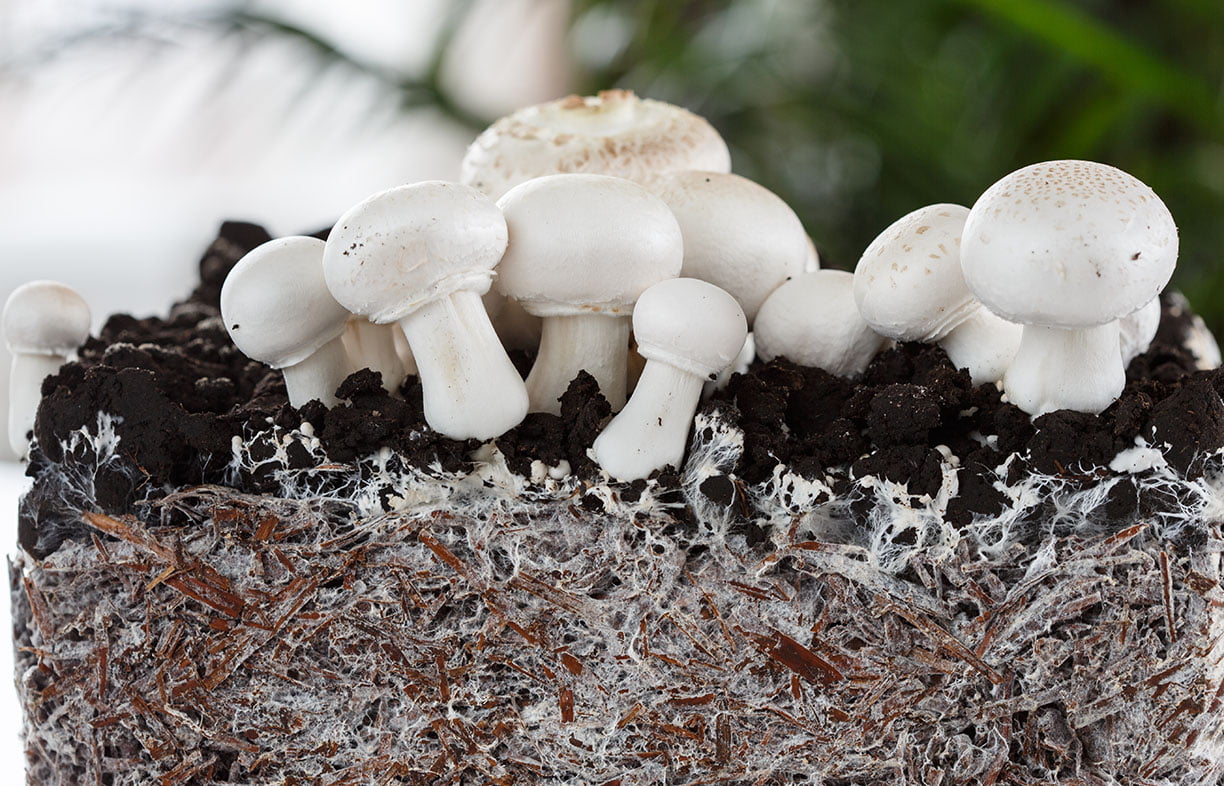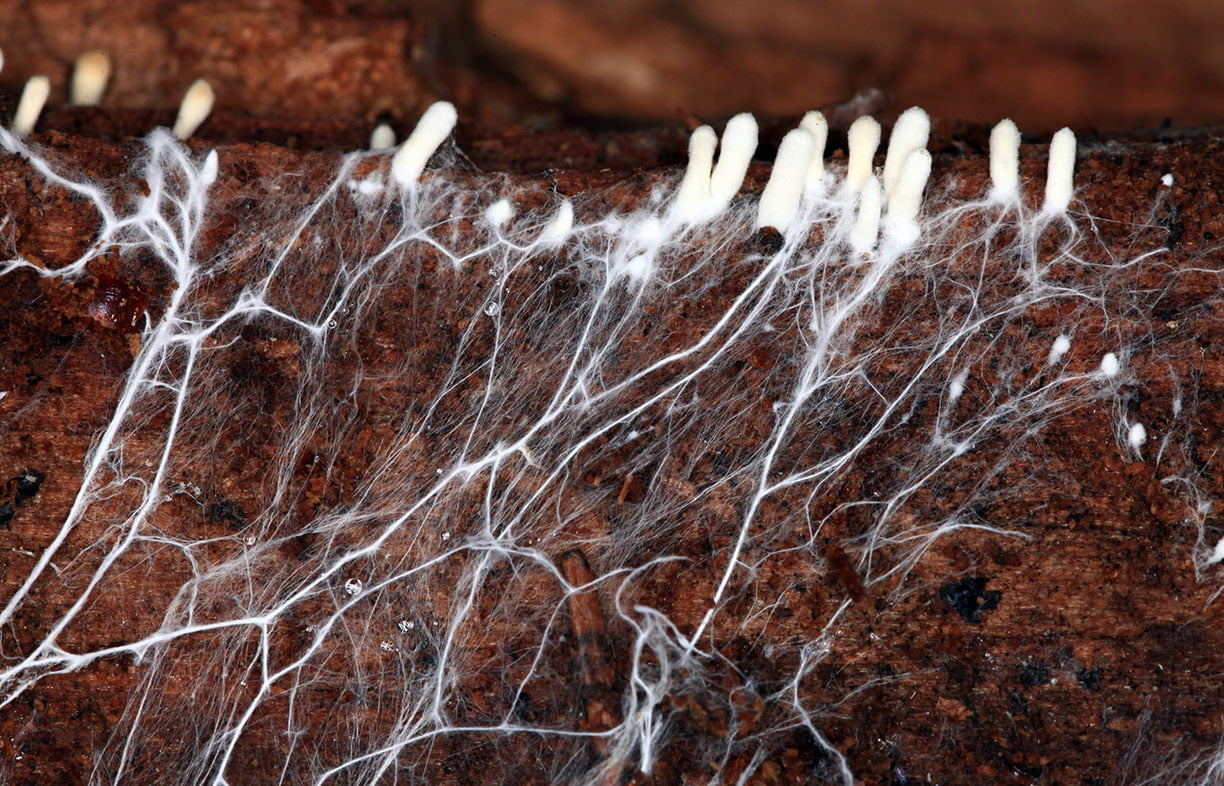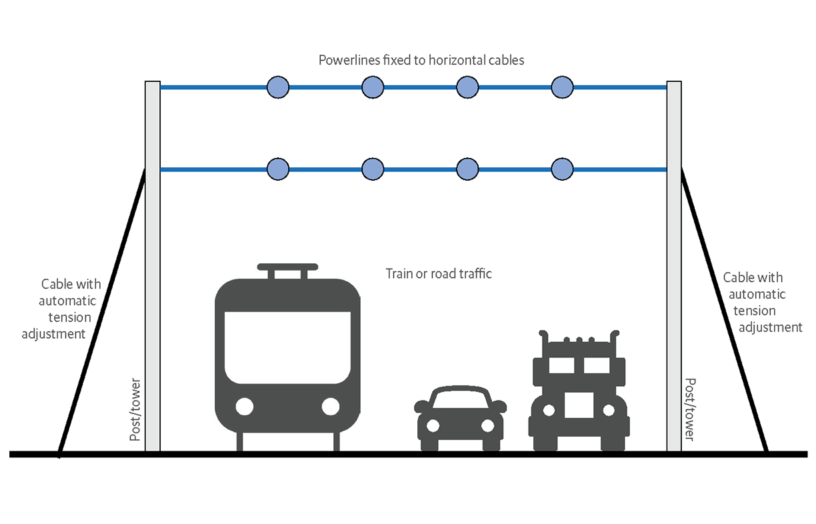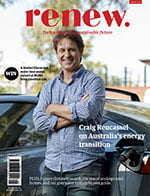Fungimentally different

Fiona Gray unearths the potential of mycelium homes.
In the quest for sustainable construction solutions, the building industry faces significant challenges, including high carbon emissions, energy-intensive materials, and waste management. In this context, mycelium is emerging as a promising, albeit unexpected, player.
This intricate, thread-like structure, forming the vegetative part of fungi, traditionally plays a role in decomposing organic matter in forests. However, its unique properties are now drawing the attention of biotechnologists and eco-conscious designers alike, offering innovative pathways towards a more environmentally conscious future.
Mycelium binds organic substrates like agricultural waste to form strong, resilient composite materials. This process of transforming waste into an eco-friendly and lightweight building material opens new horizons for the building industry.
As it grows, mycelium plays a dual role: it not only sequesters carbon, but also significantly reduces waste. By using agricultural waste as its primary feedstock, what was once destined for landfill or incineration is transformed into usable material. This attribute is particularly beneficial in Australia, where the agricultural sector produces vast amounts of organic waste each year.
These qualities make the idea of buildings birthed from mushrooms increasingly appealing. Additionally, while many traditional construction materials are energy-intensive in their production, mycelium requires minimal external energy inputs and growing it is a naturally low-energy process.
The exploration of mycelium’s practical applications has been gathering momentum over recent years. Companies like Ecovative Design in New York have pioneered mycelium applications in various products, from eco-friendly packaging to sustainable building panels.
In Europe, the Fungal Architectures project at Utrecht University, along with industry partner Mogu near Milan, Italy, is experimenting with mycelium-based building materials like wall and floor tiles and insulation.
American artist, Phil Ross, has demonstrated mycelium’s versatility and creative potential through art installations that have involved growing functional furniture and a small building structure made from Reishi mushroom bricks.
While ‘mycotecture’—the use of mycelium to create buildings—is still in its early stages, its potential is intriguing. The prospect of constructing homes that can grow on-site, heal themselves, and decompose naturally at the end of their life cycle is revolutionary. Furthermore, mycelium’s fire-retardant properties and its ability to limit flame spread and smoke emission position it as a potentially transformative material in construction, especially in bushfire-prone regions like Australia.
With ongoing research, mycelium is poised to become an increasingly practical option for building resilient, eco-friendly homes in areas vulnerable to bushfires, offering a safer and more sustainable approach to construction.
Although the potential of mycelium is evident, there are significant challenges in its path to becoming a mainstream building material. One major technical hurdle is ensuring the durability of mycelium-based materials in diverse climates. Questions about its long-term stability, resistance to moisture, and ability to withstand varying temperatures are paramount.
Safeguarding mycelium structures against pests and fungi that could compromise their integrity is also crucial. Solutions are emerging through ongoing research, which include developing protective bio-based coatings, experimenting with different fungal strains, and integrating mycelium with other materials to enhance its properties.
Scaling up production to meet industrial demands poses another challenge, requiring innovative cultivation techniques and larger production facilities to ensure a steady and scalable supply of mycelium building materials.
Regulatory and building code considerations present another layer of complexity. Currently, mycelium materials are a novelty in the construction industry, and building codes do not explicitly address them.
To facilitate the integration of mycelium-based materials into mainstream construction, building codes and regulations will need to evolve. This will require comprehensive testing to demonstrate their safety, durability, and compliance with existing standards for fire resistance, structural integrity, and insulation.

A unique challenge that mycelium faces as a new building product is that its origin from fungi can trigger a ‘yuck’ factor for some. Tackling this perception will be key. To change minds and build understanding, education highlighting mycelium’s benefit will be needed.
It will also be important for architects, designers, and builders to be talking about how mycelium can be practically used. These conversations will be crucial for building wider acceptance and enthusiasm for this innovative material if it is to become a staple in mainstream construction.
Although the widespread adoption of mycelium homes in Australia may not be imminent, the continuous research and development of innovative prototypes are gradually making the shift from traditional to fungus-based construction a more viable prospect.
Mycelium stands as a significant advancement towards aligning building practices with nature, envisaging a future where our living spaces are not just located on the land but are seamlessly integrated with it.
The transition to mycelium-based construction on a larger scale will require persistent experimentation and collaborative support from various sectors, including government, academic institutions, and the industry. This collaborative effort will be essential to establish mycelium as a mainstream building material.
Mycelium’s potential signifies a transformative shift in architectural thinking and design, reminding us that significant changes often emerge from the most unanticipated sources. The humble mushroom, steadily moving from a novel idea to a tangible reality in construction, not only offers a glimpse into a sustainable future, but also embodies the potential for a seamless integration between innovation and environmental harmony.
This fusion presents a vision of a world where our homes and natural environment exist in a beautifully balanced relationship that could mark an inspiring new chapter in the story of sustainable construction.
Further reading
 Pears Report
Pears Report
Fossil fuels, efficiency and TVs
Alan Pears brings us the latest news and analysis from the energy sector.
Read more Climate change
Climate change
What we can learn from Spain’s response to heatwaves
As Australia heads into a summer set to be marked by climate change and El Niño, resilience to extreme heat is front of mind. Renew’s Policy and Advocacy Manager Rob McLeod reports on Spanish responses to heatwaves and the lessons for Australia.
Read more Pears Report
Pears Report
Transmission and emissions
Alan Pears brings us the latest news and analysis from the energy sector.
Read more

